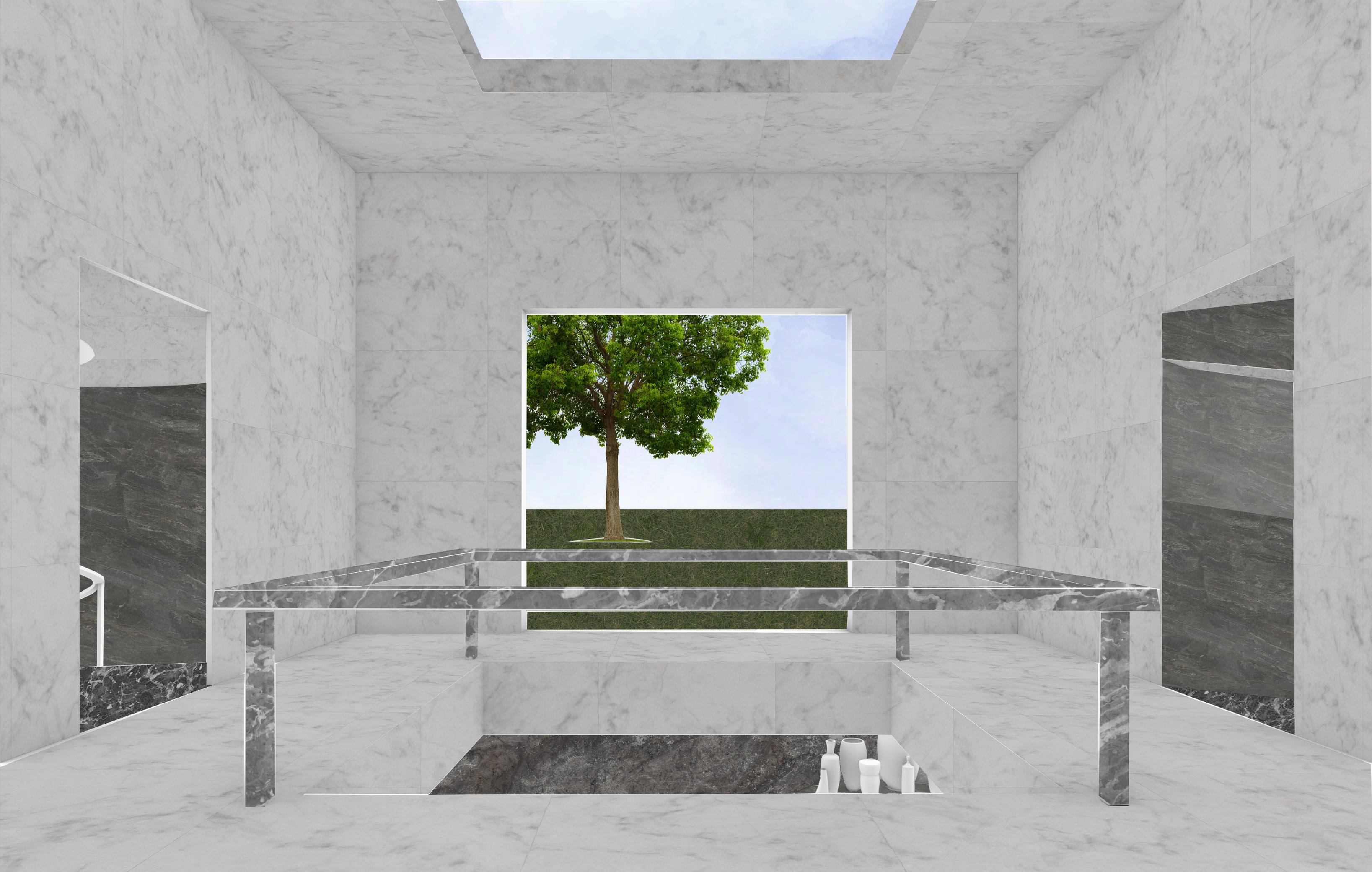SEBASTIAN REMACHE ARCHITECTURE PORTFOLIO

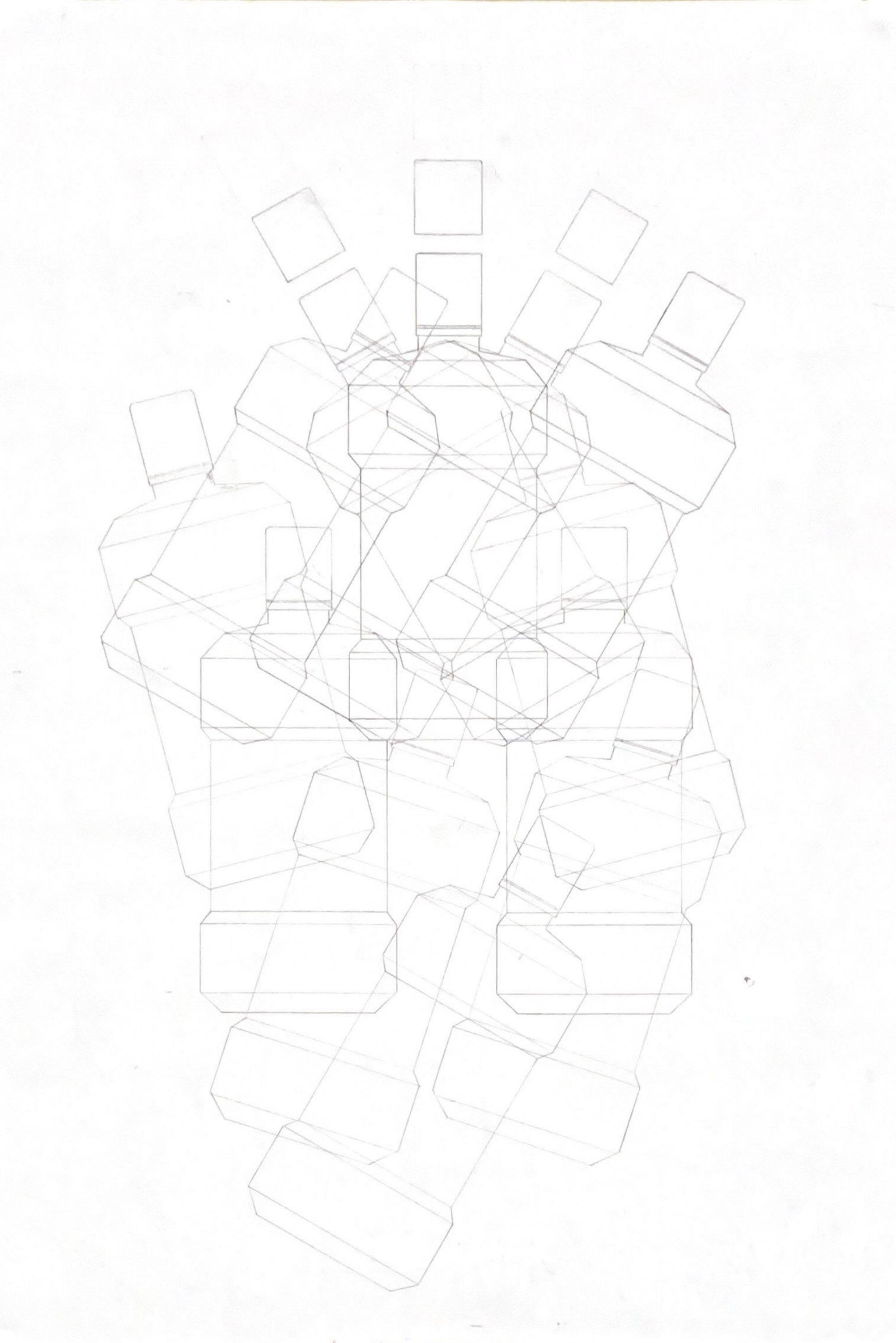
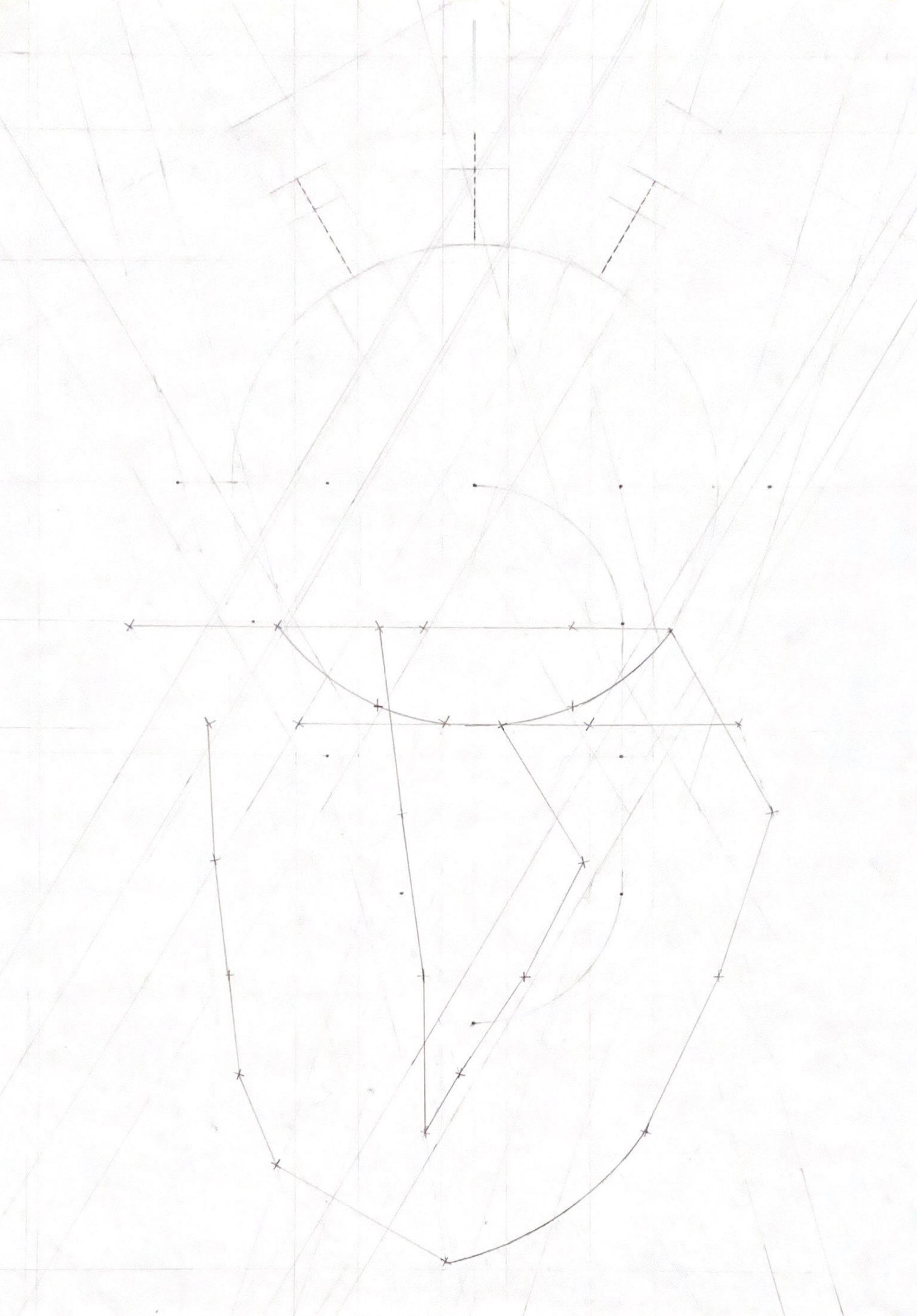
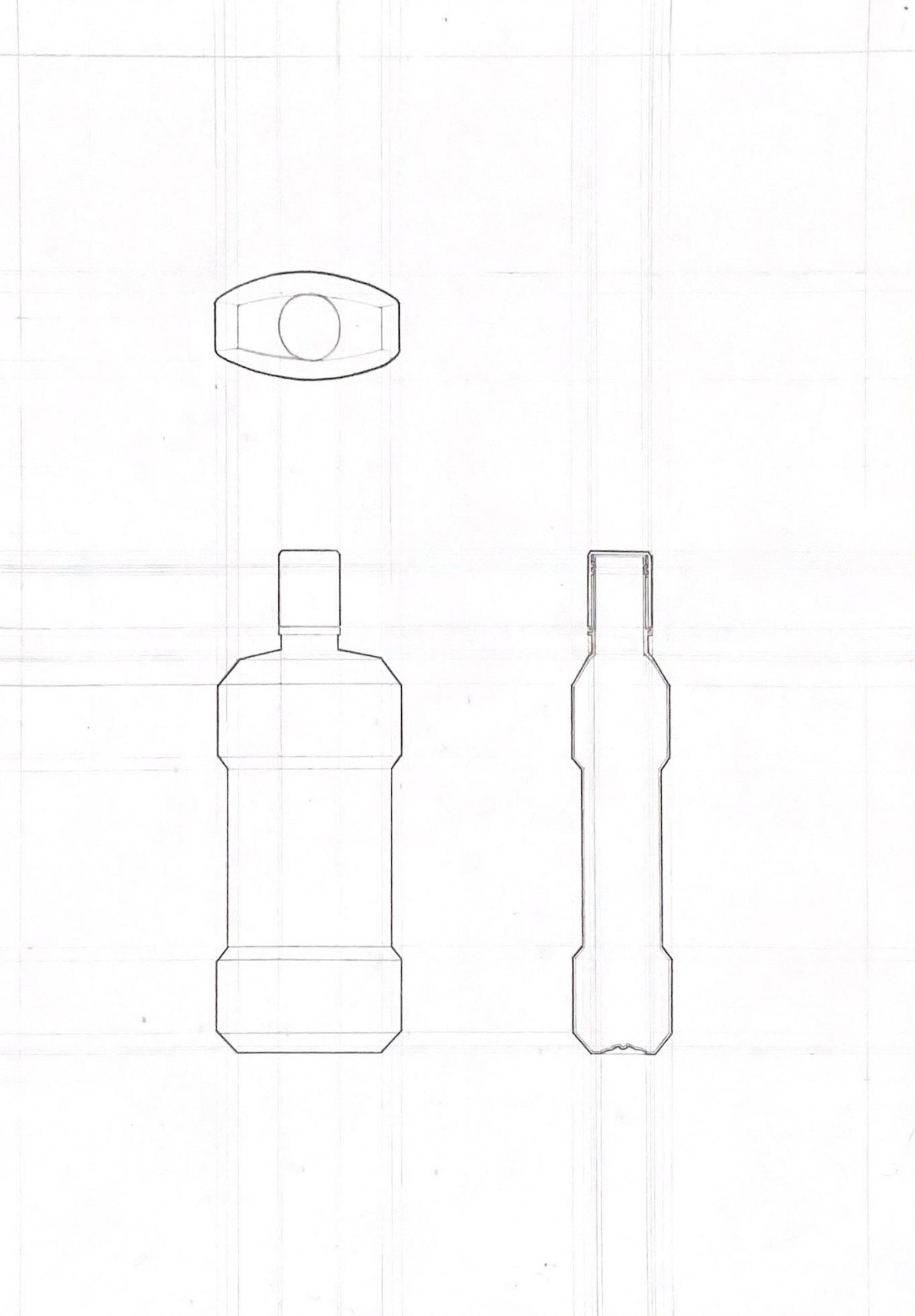
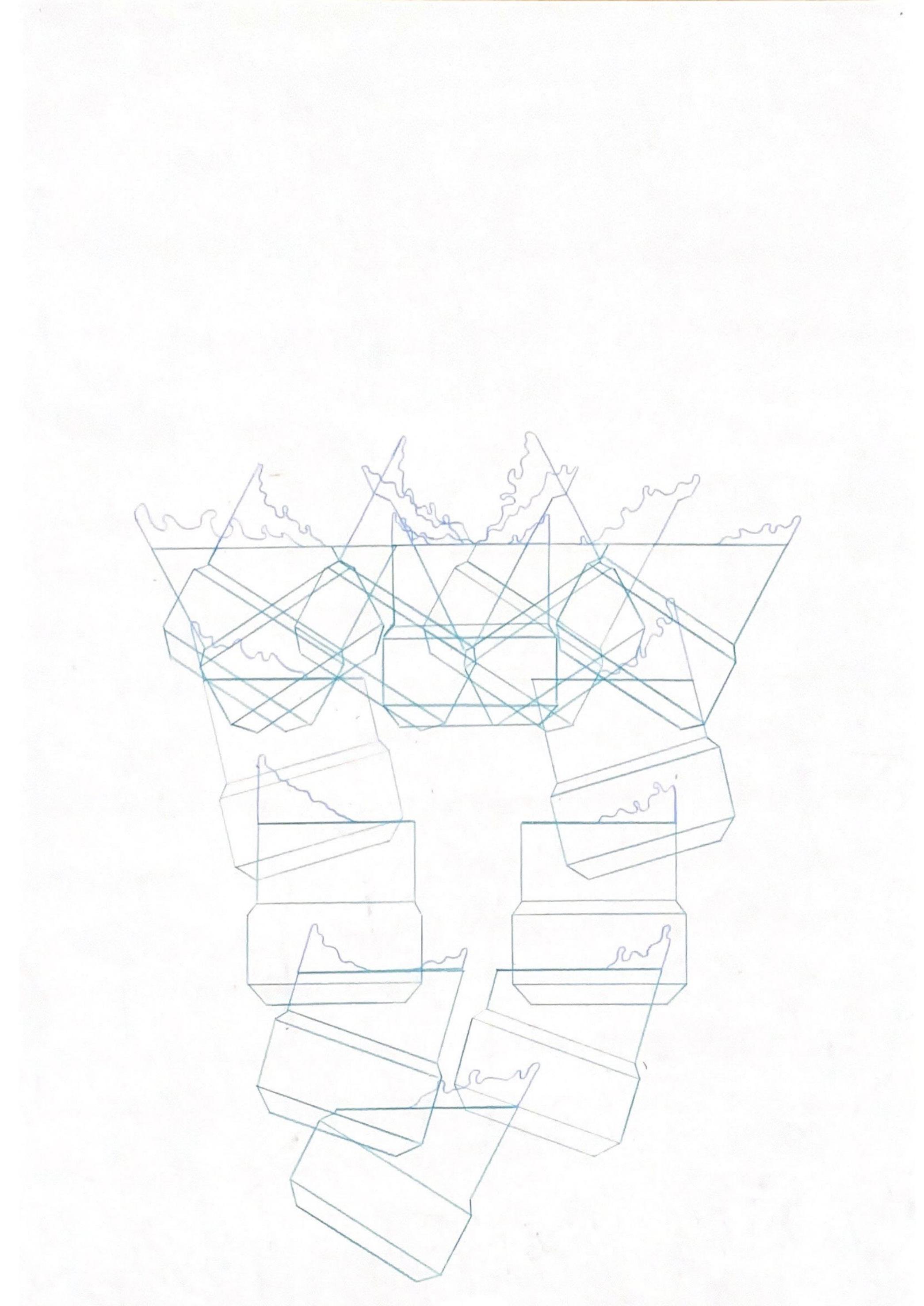






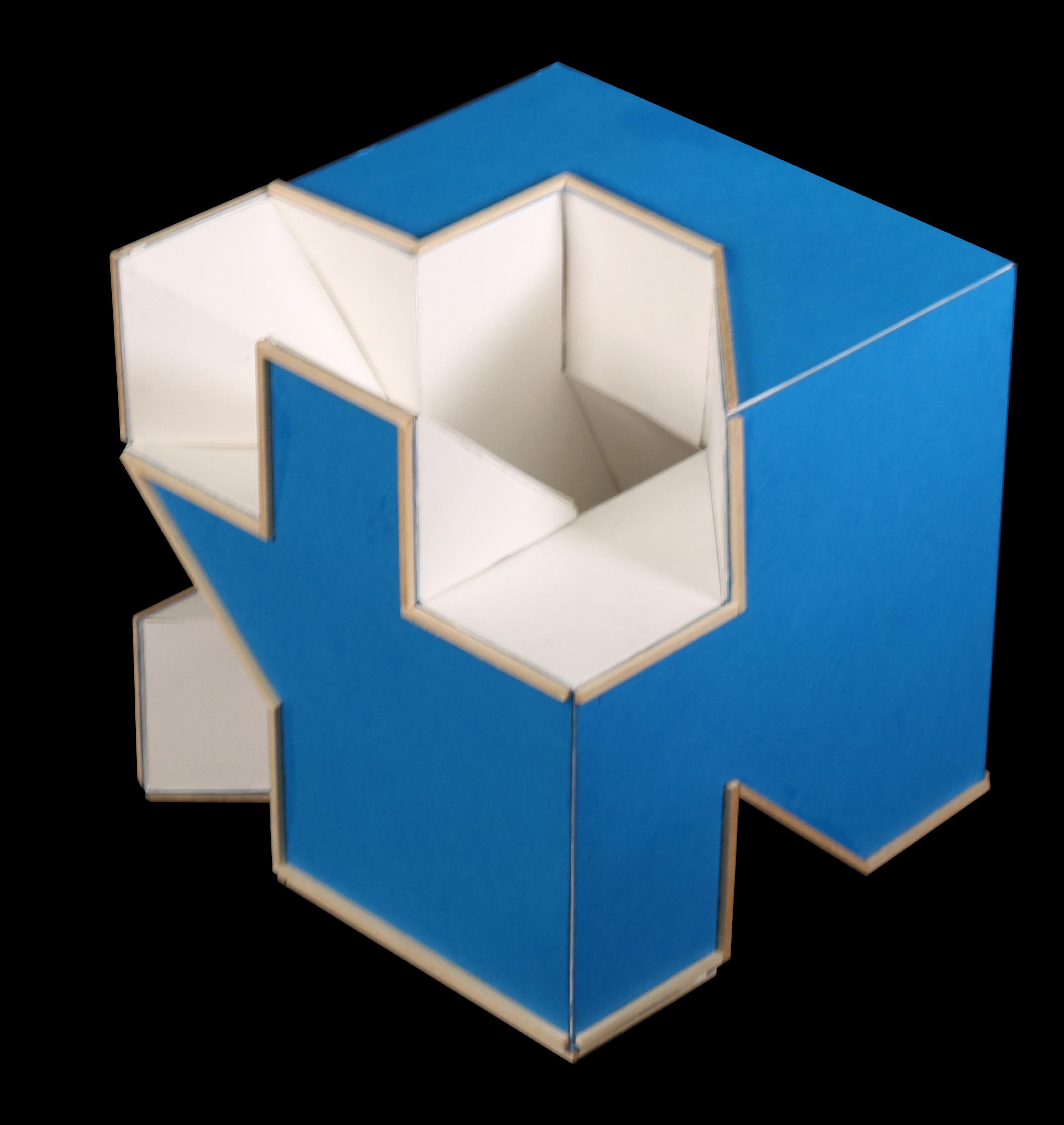
A cube that’s edges were defined by line segments that adhere to instructions and a three by three cube layout. Beside the cube is an unrolled version of the cube.
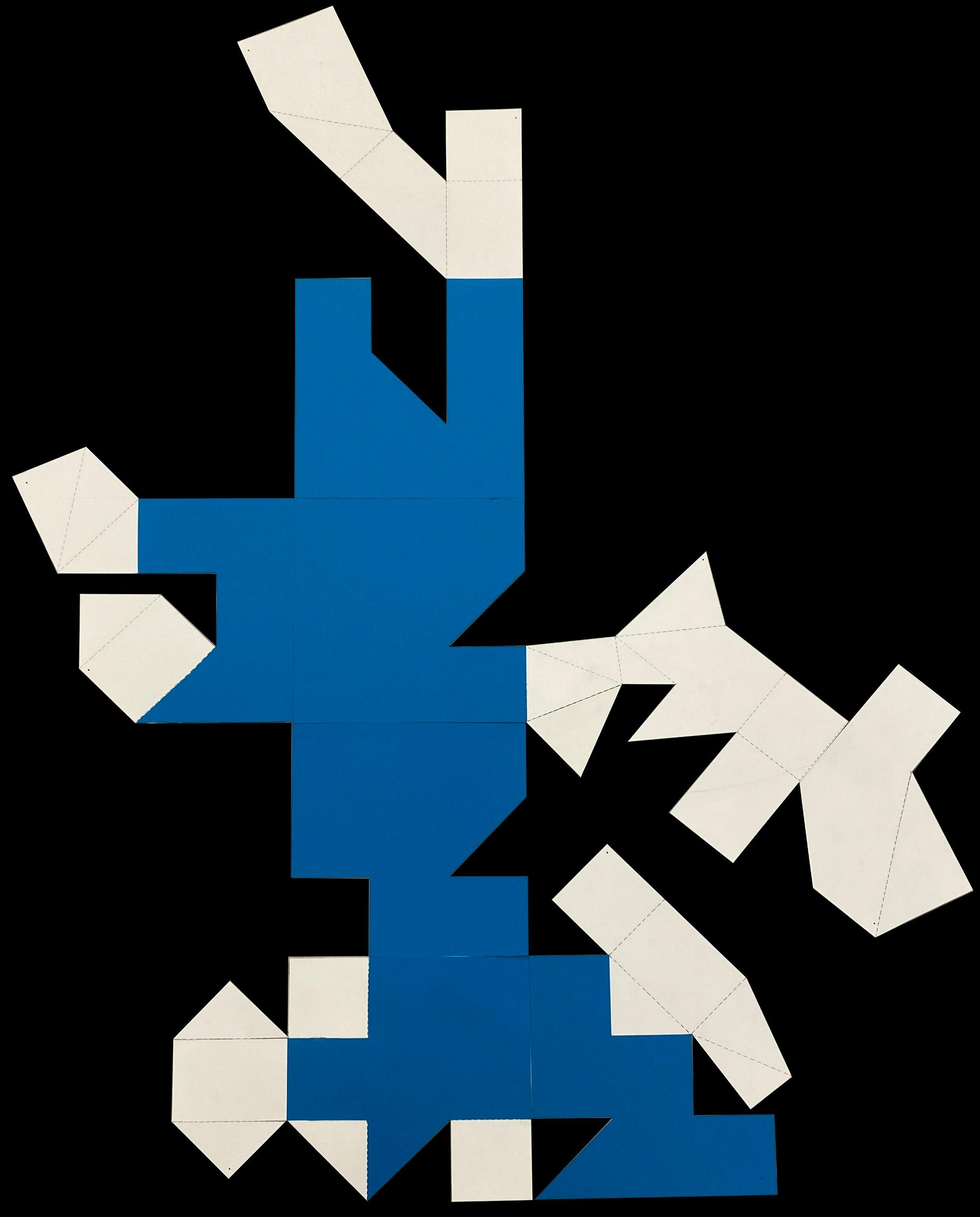
The original layout of the cube prior to filling the voids. Next to the layout is an Axonometric drawing of the cube and its dominant voids.

Four primitive figures were created using simple shapes such as circles, triangles, squares and rectangles. Rules were created that would use these simple shapes in order to generate these figures.
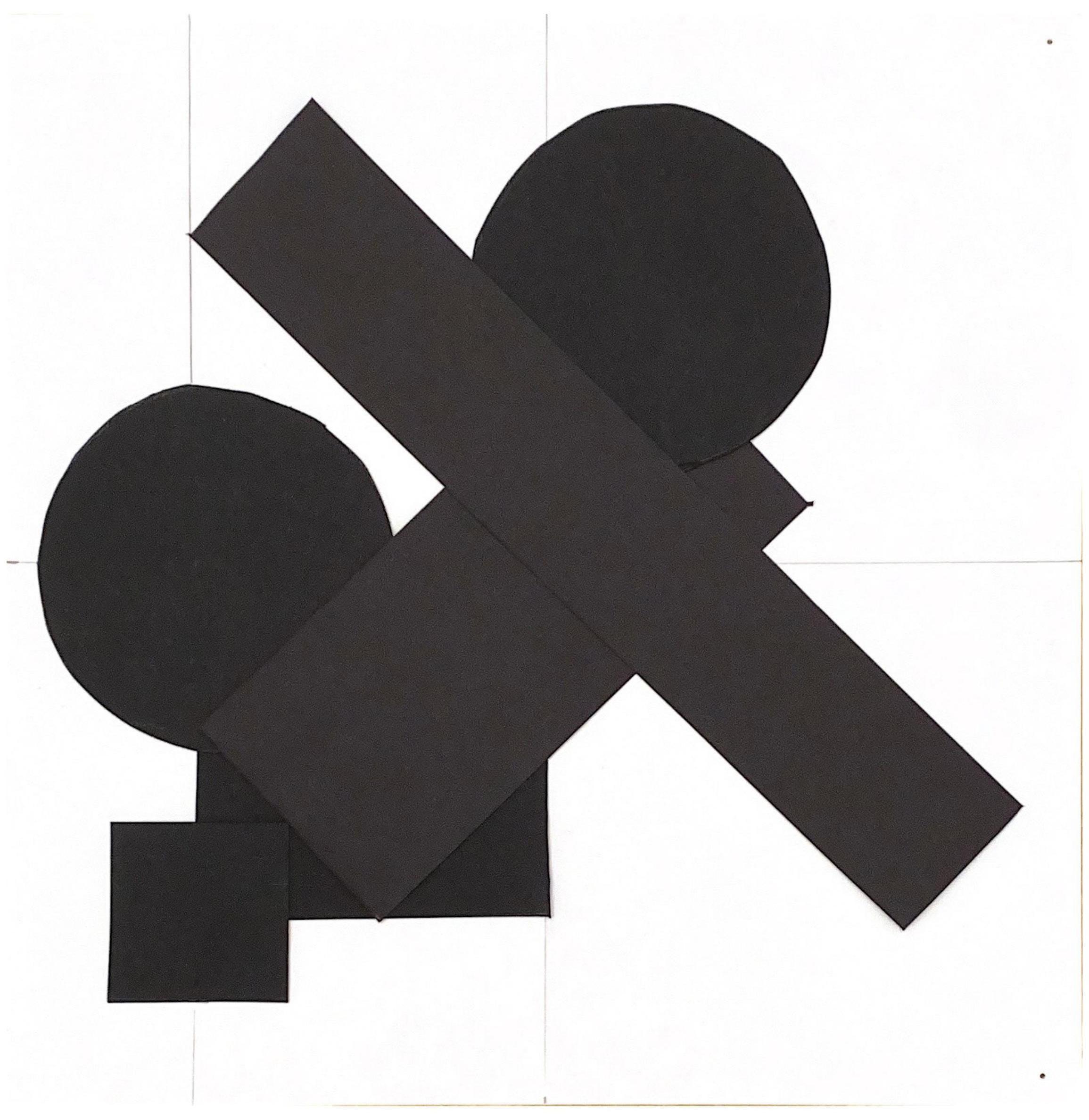


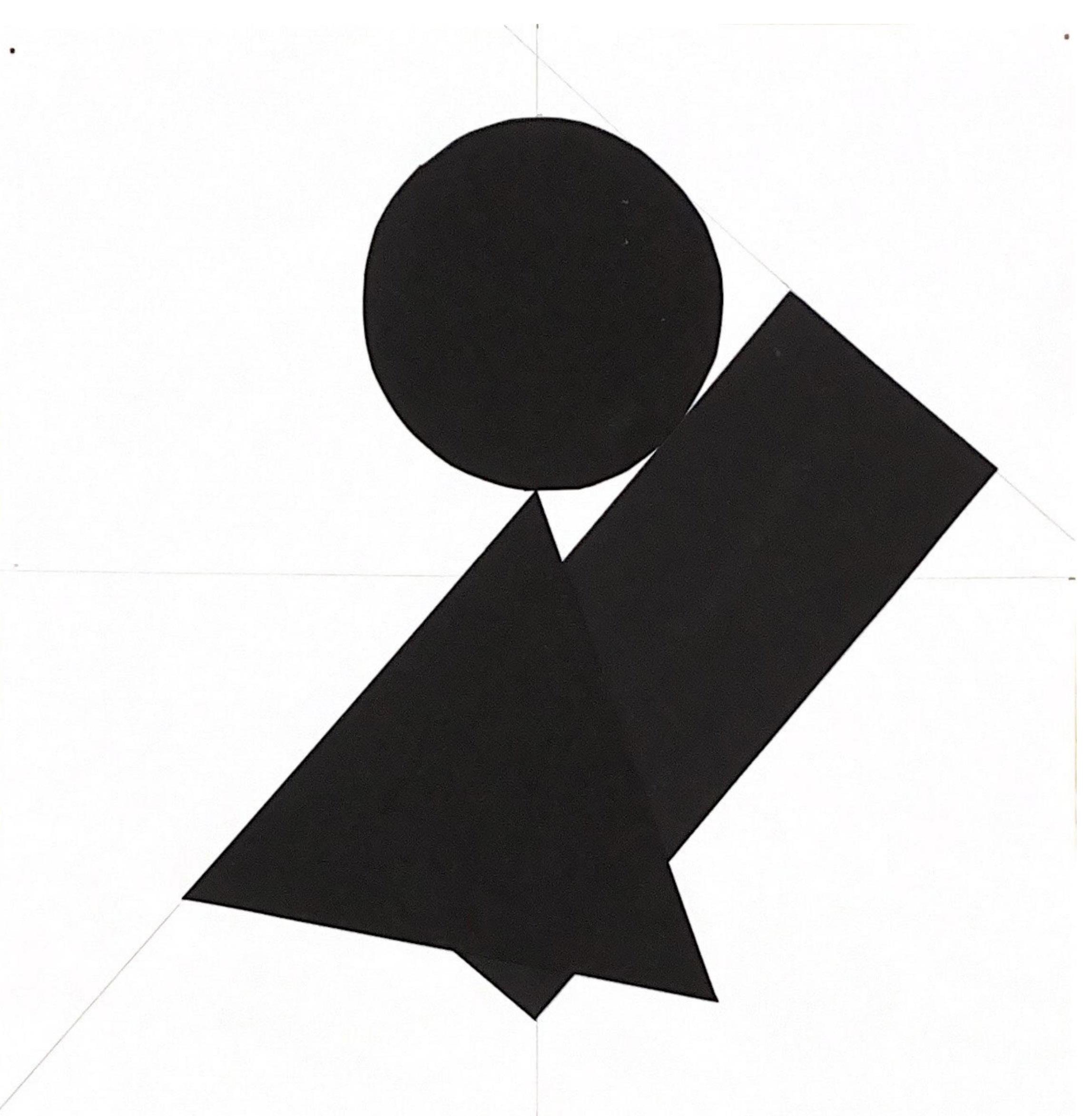
Based on the primitive figures, functions such as extrude, twist, ad shift were used to generate the four forms.
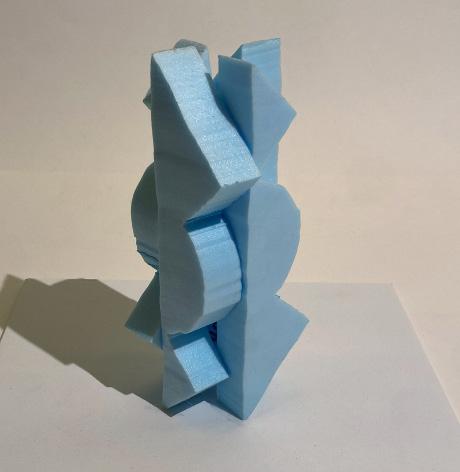
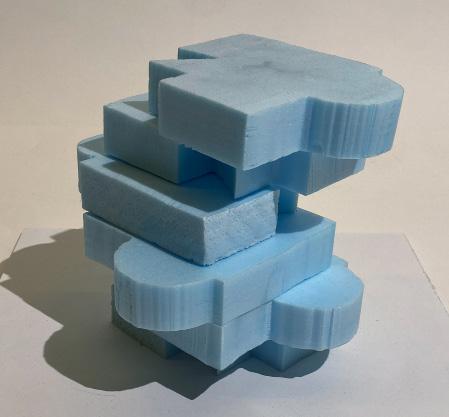
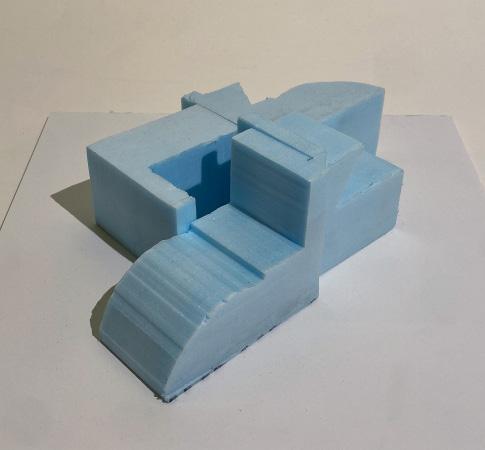
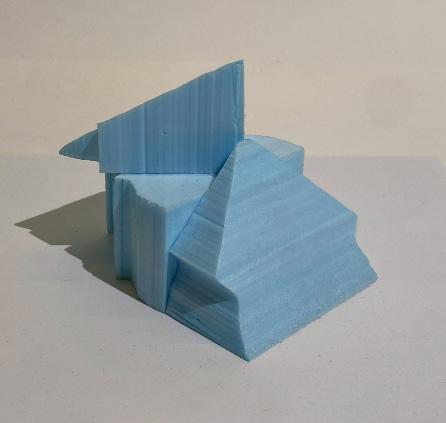
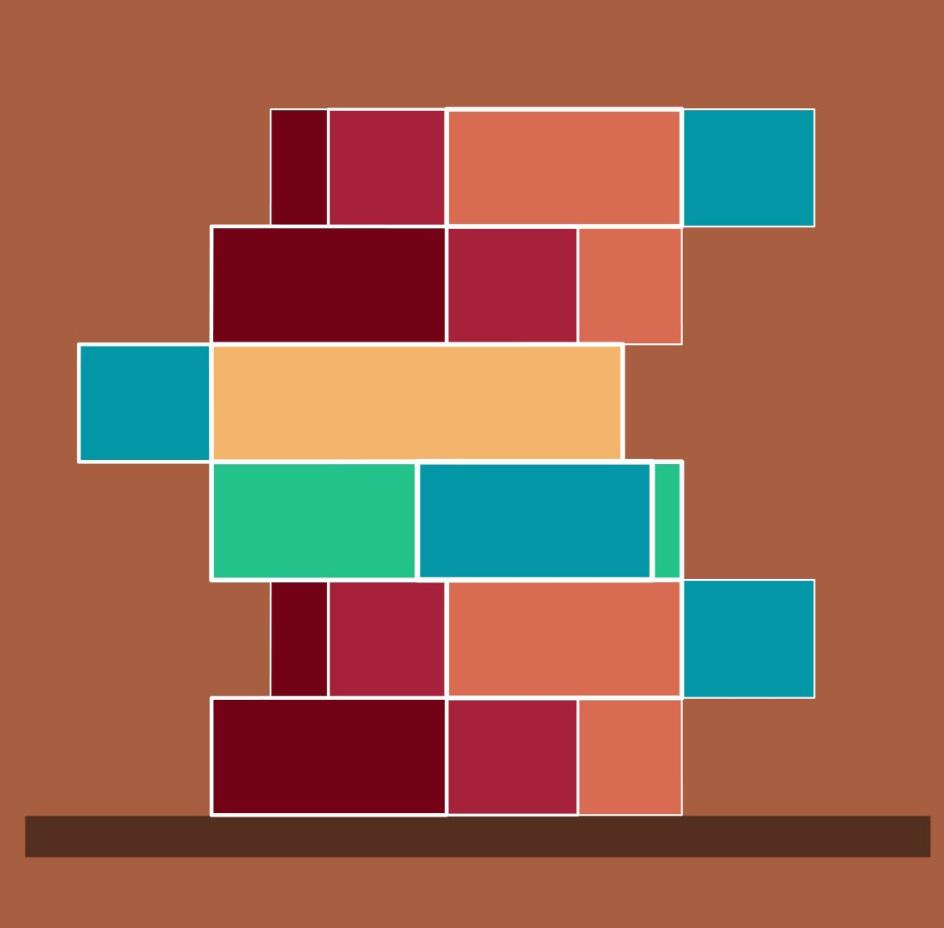
Elevations of the interpreted forms were created using a variation of methods to abstract the 3D forms into digitized figures.



Based on the digitized figures, various commands in Rhino such as extrude, twist, and array were used to generate reinterpreted forms.
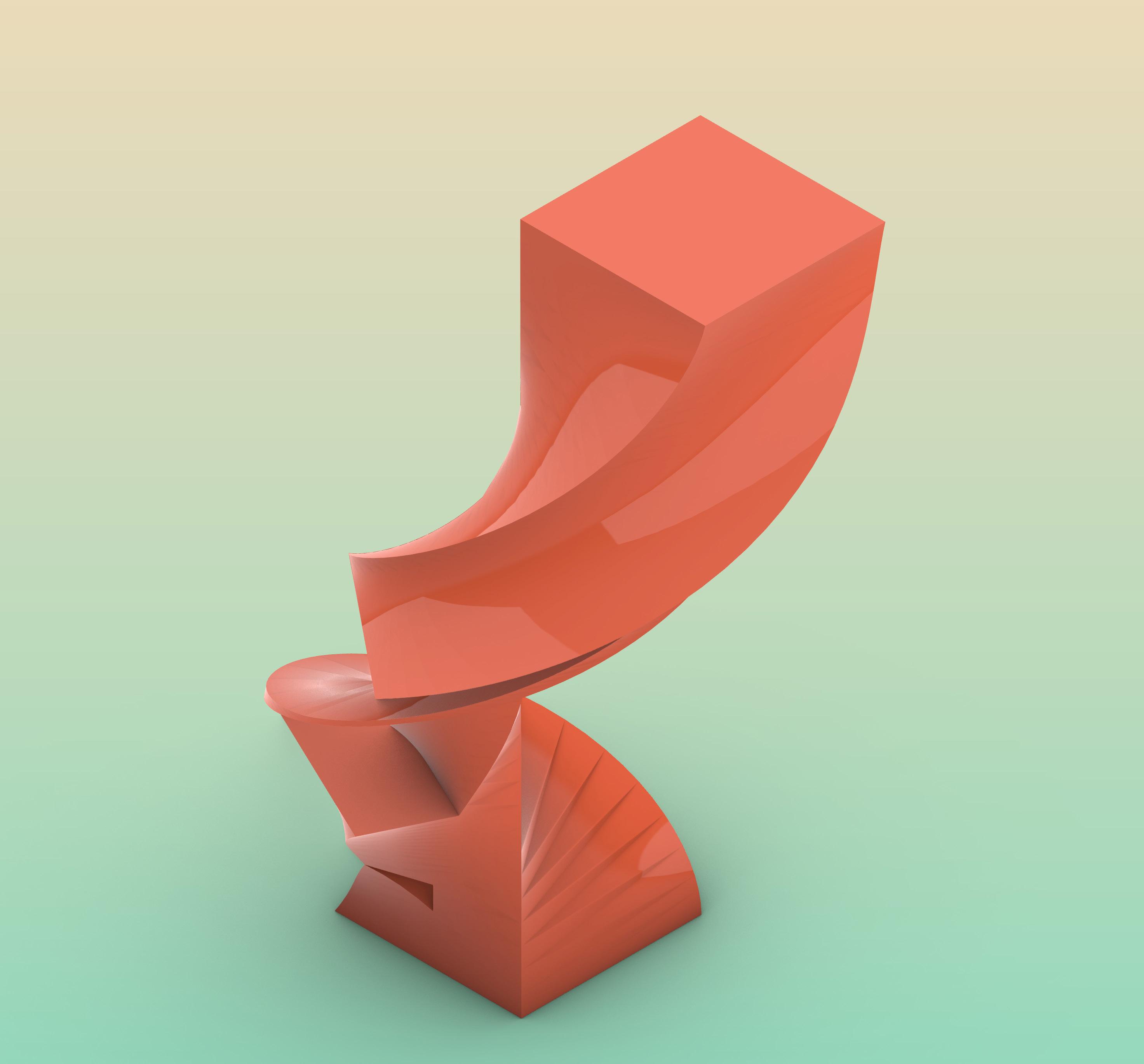

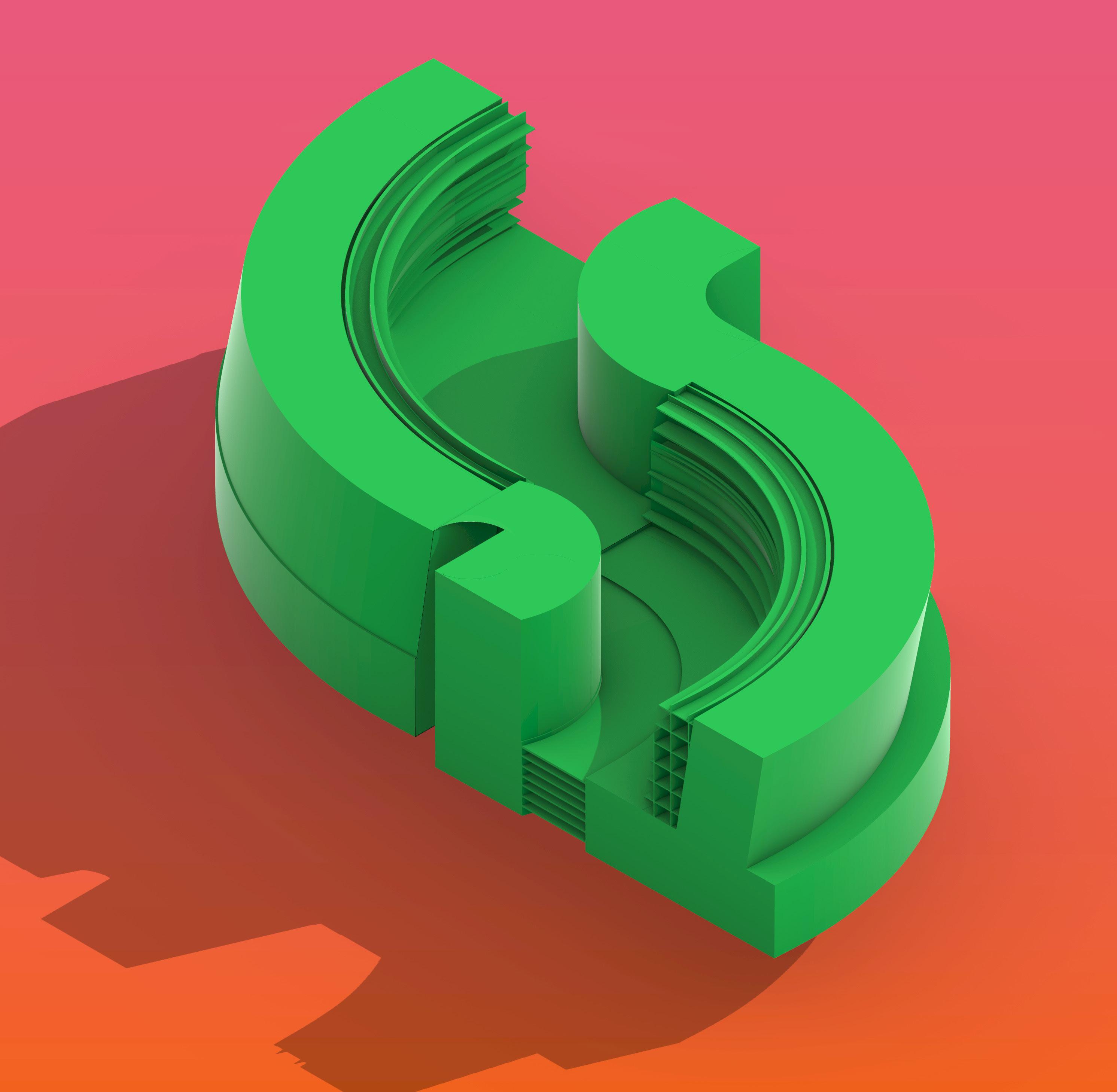
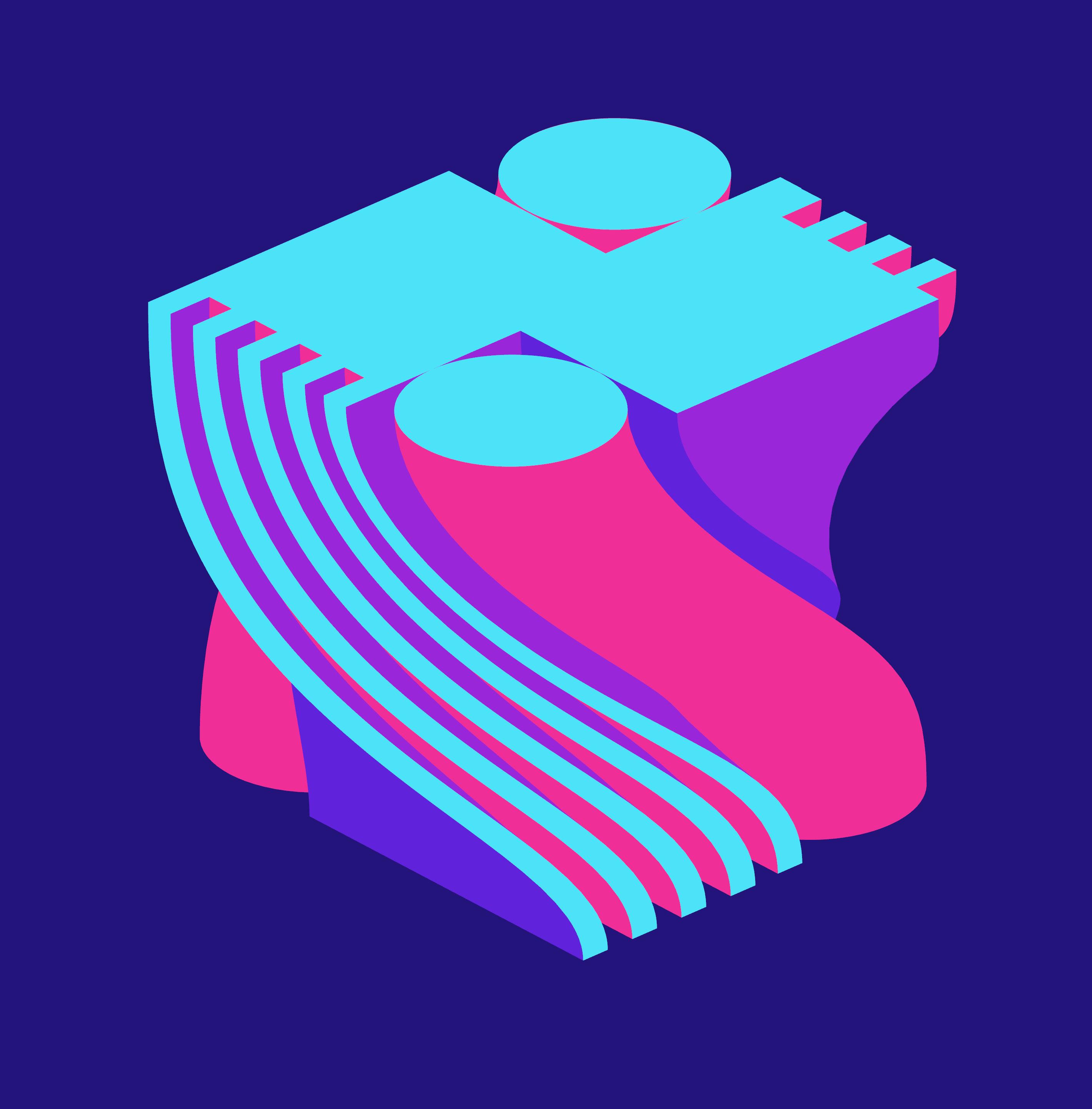


This pavilion was created to exhibit one-hundred ceramics from the Everson Museum of Art. Its form was driven by a desire to use simple figures and variations in elevation to generate a unique and intimate experience for viewers.
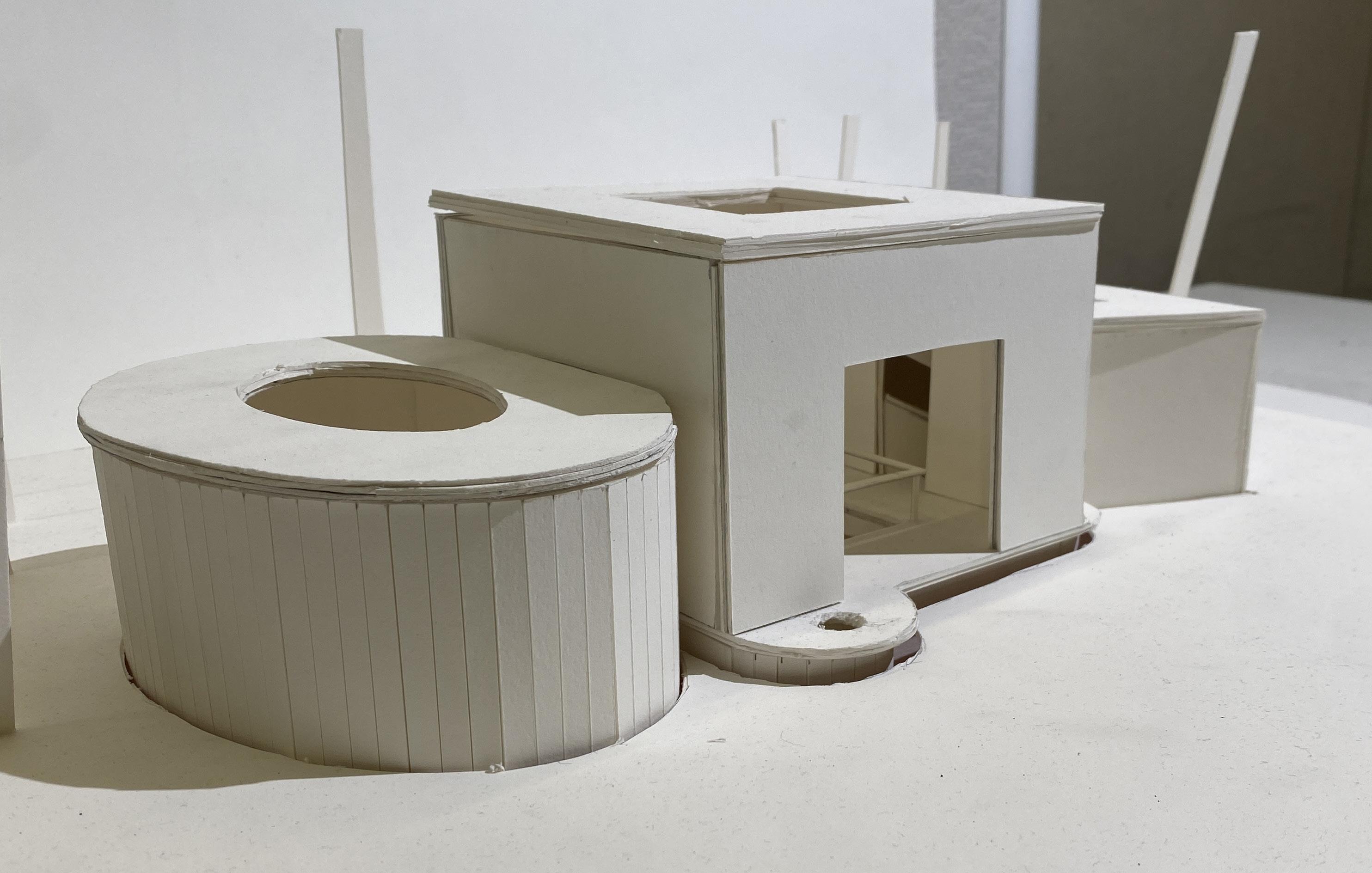
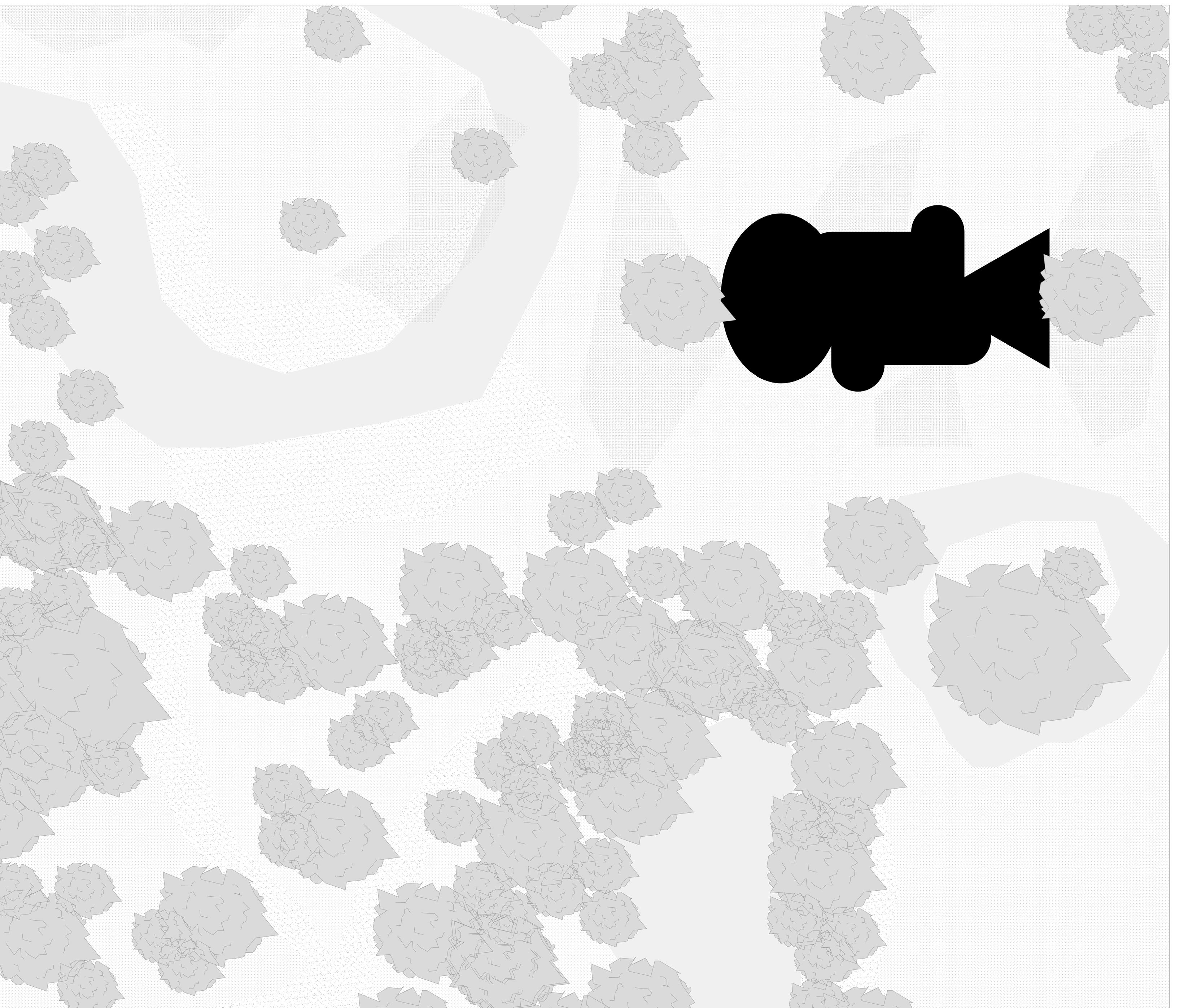

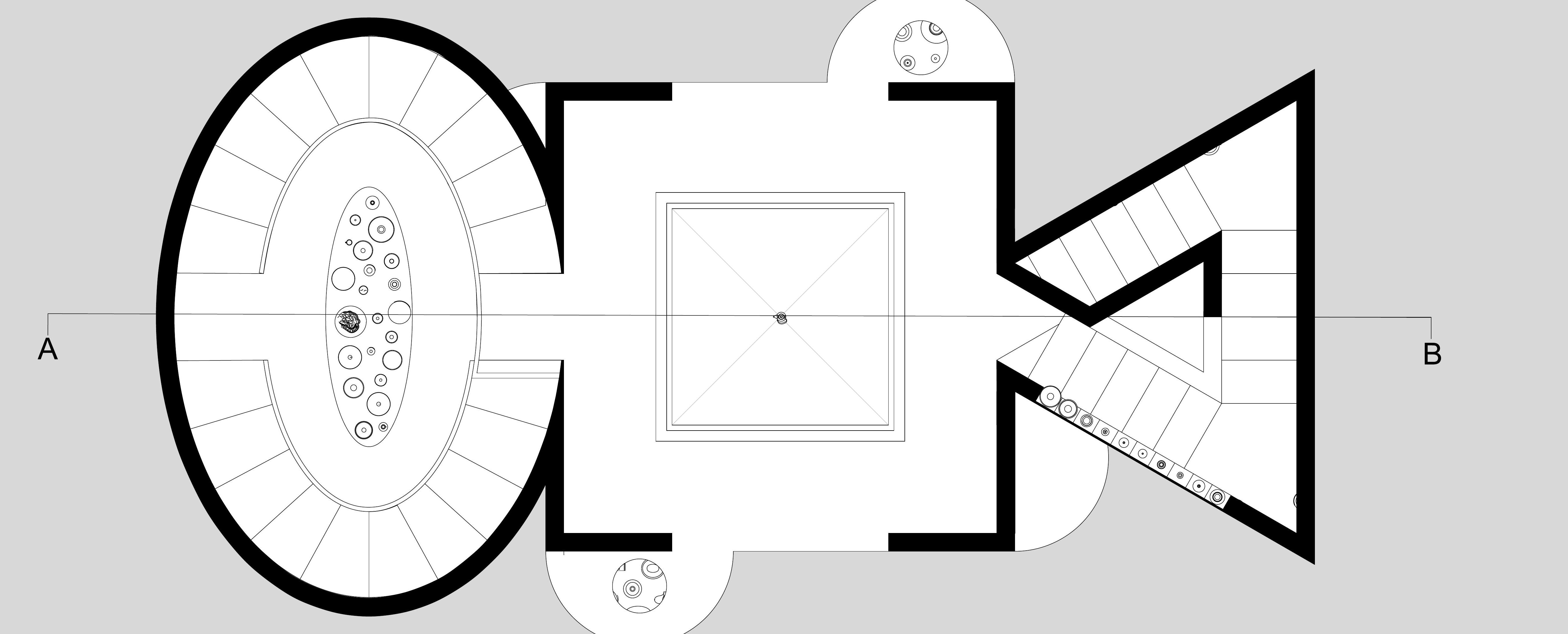

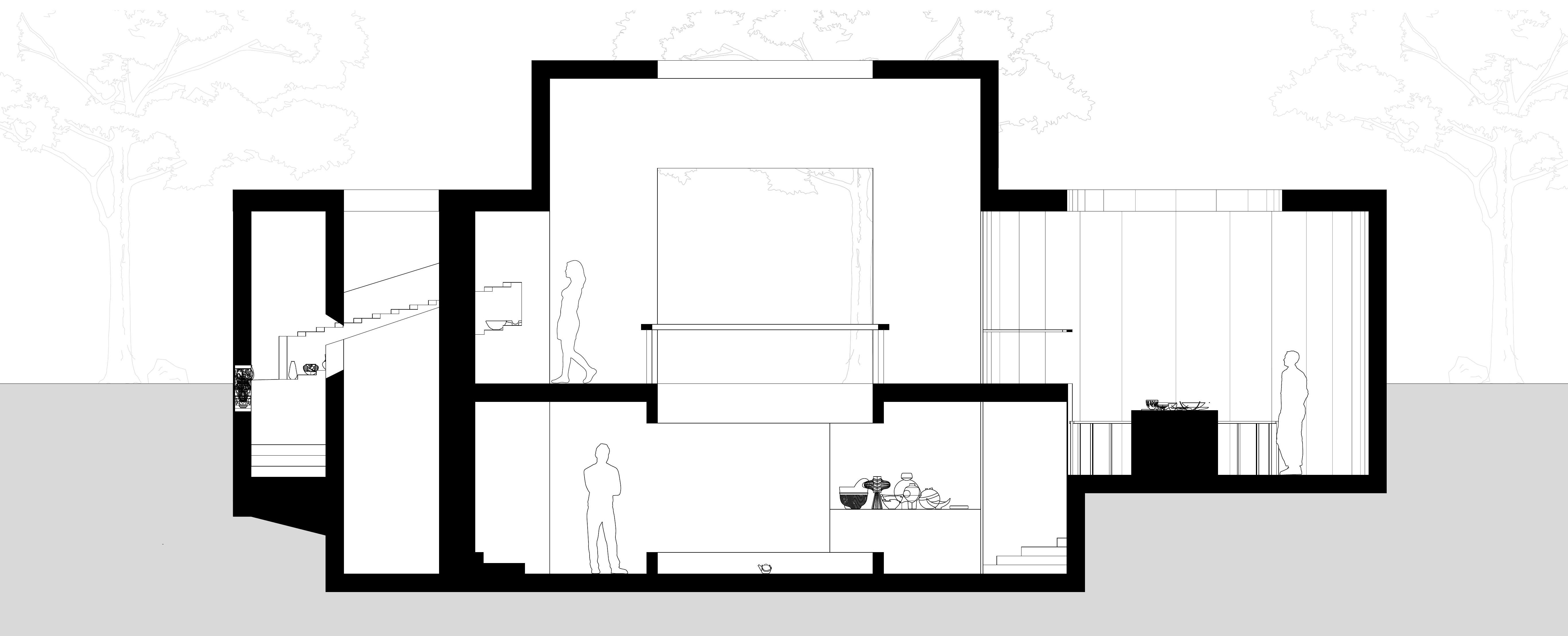
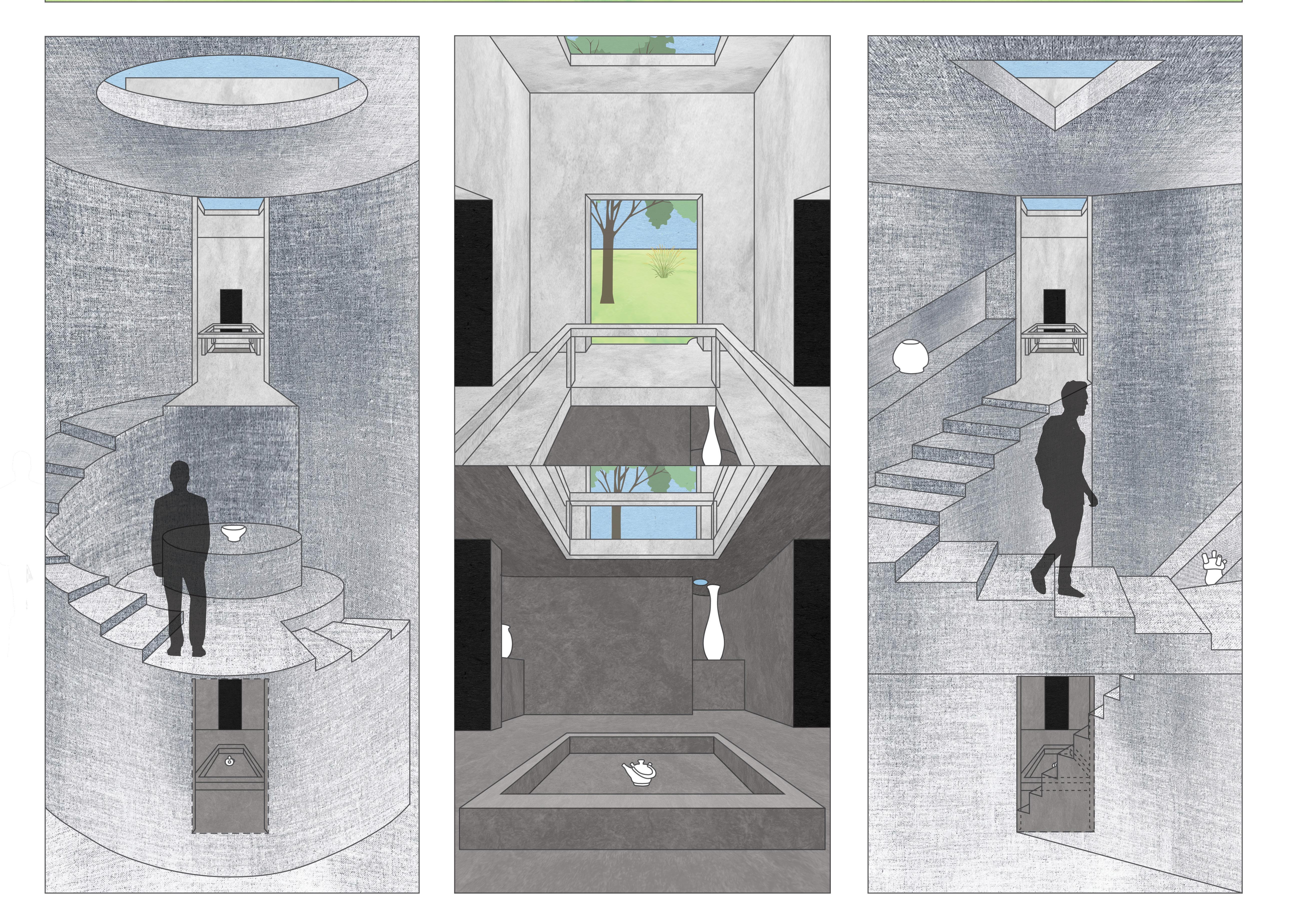
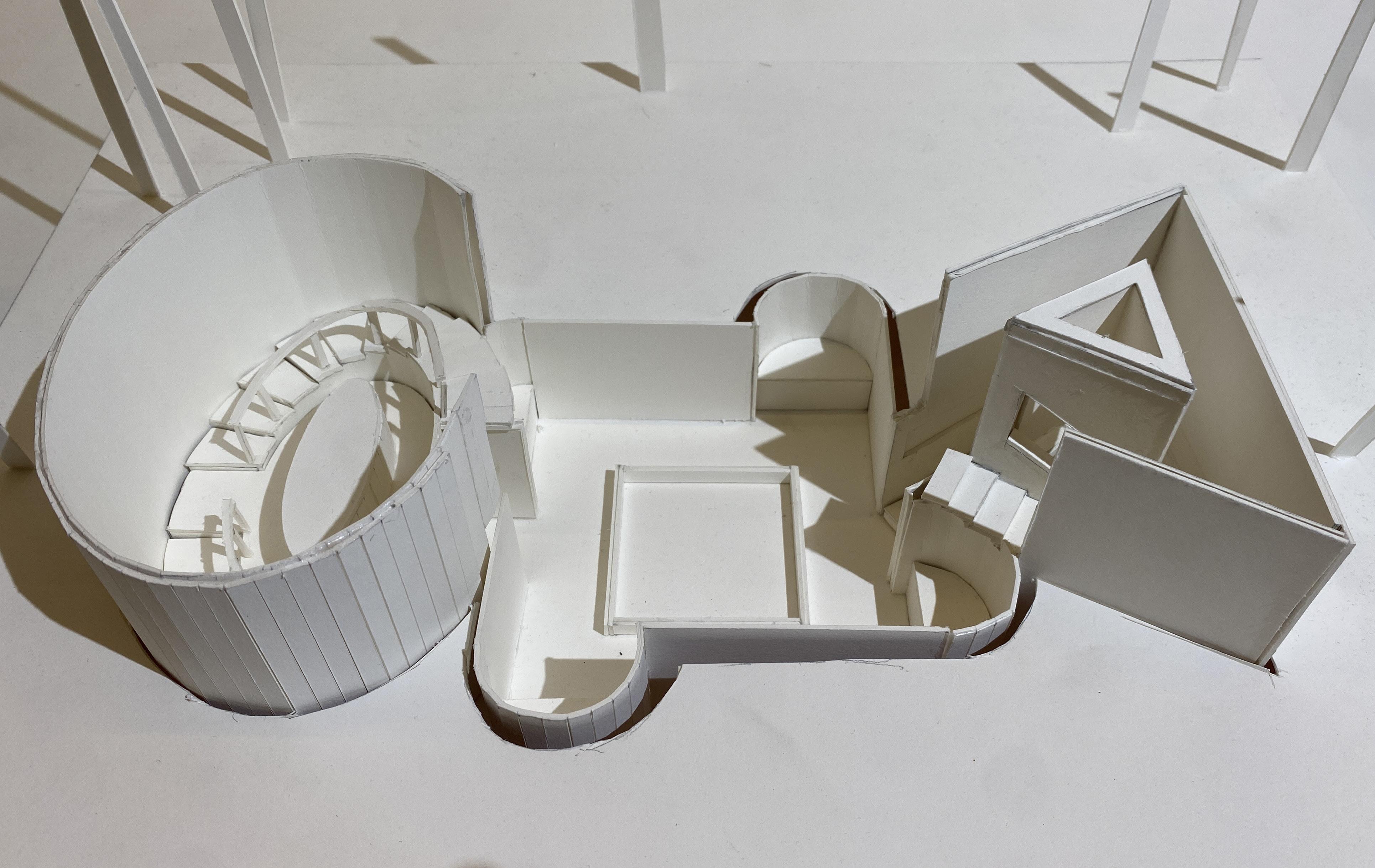
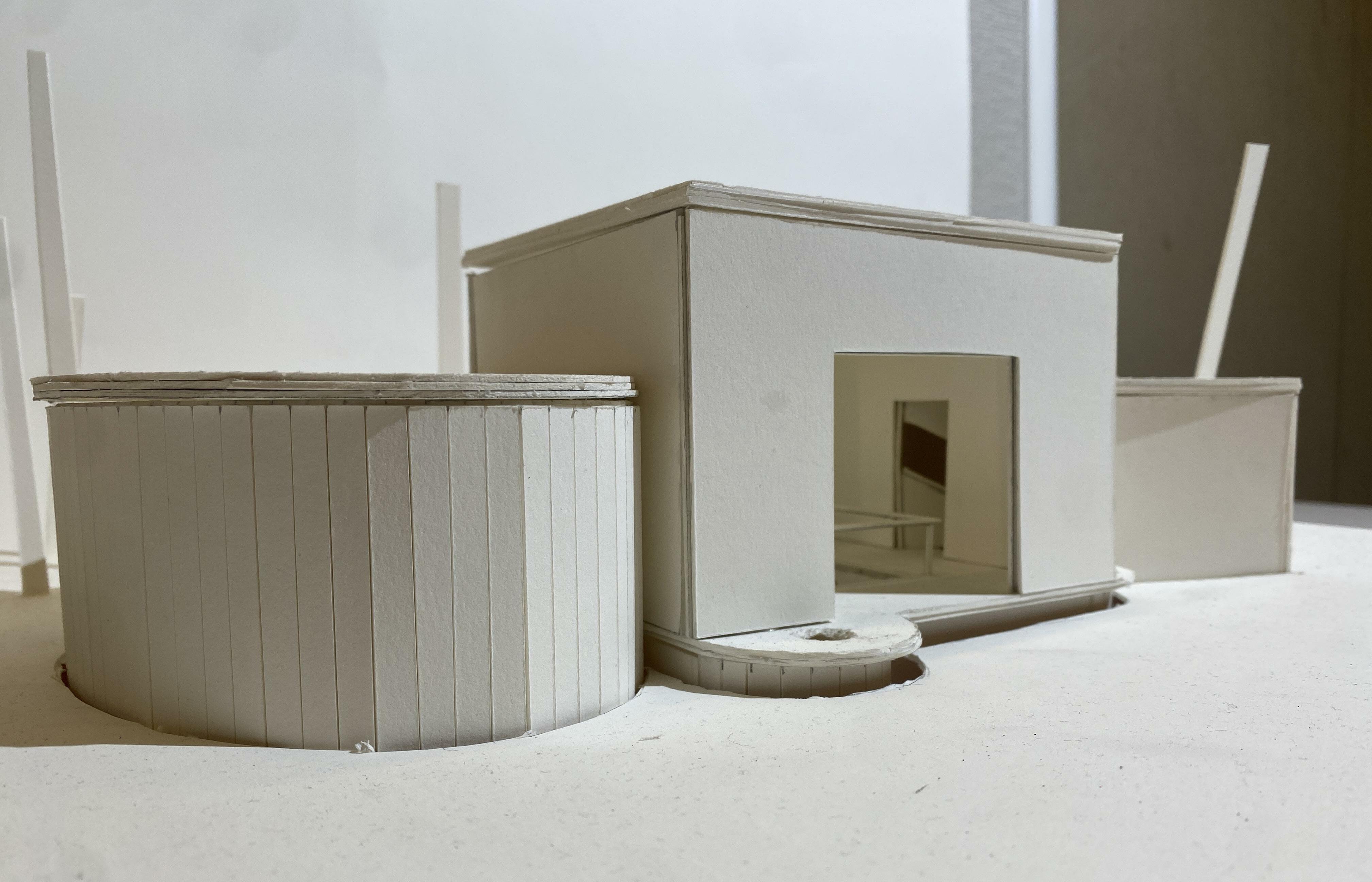
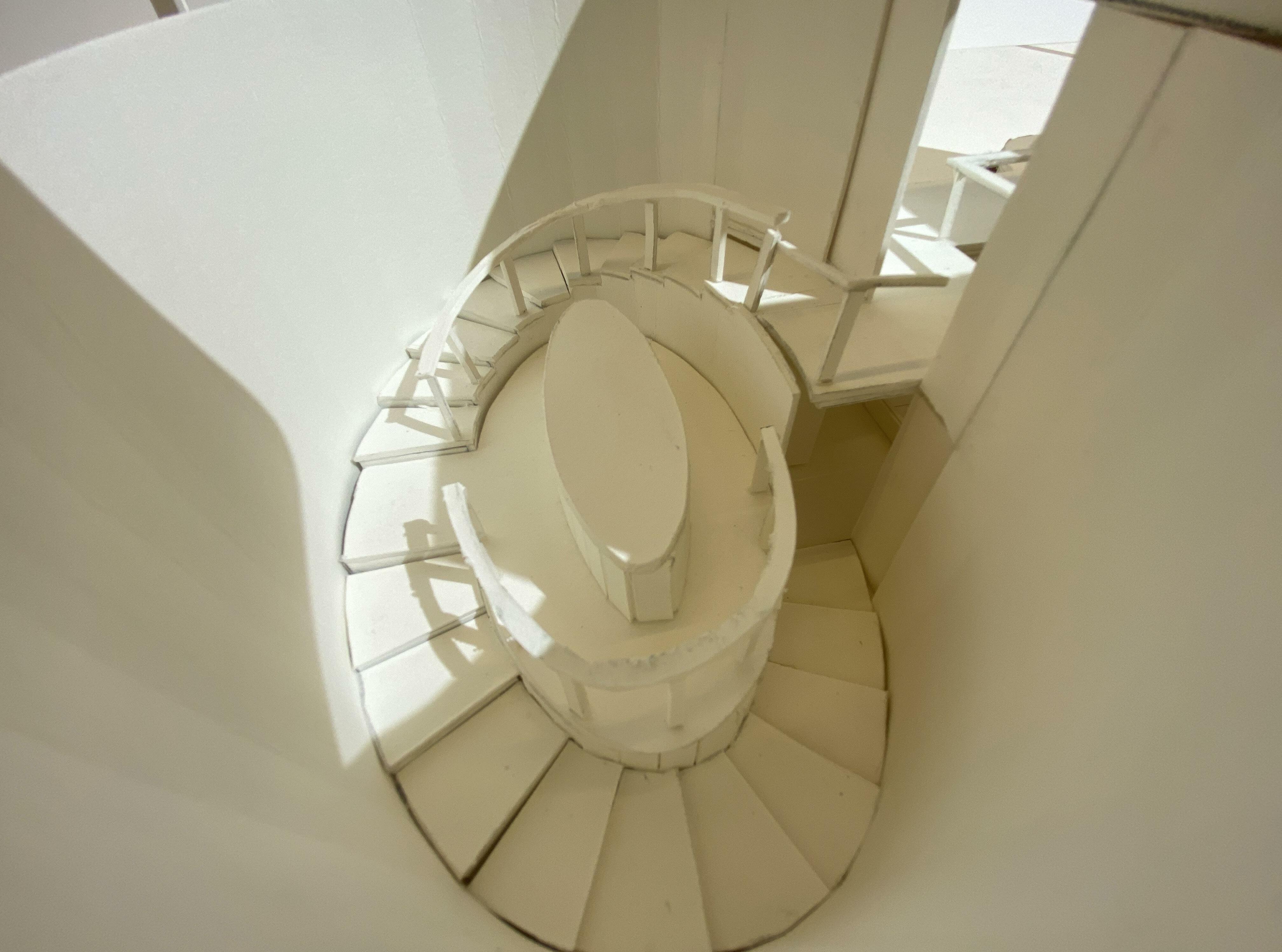
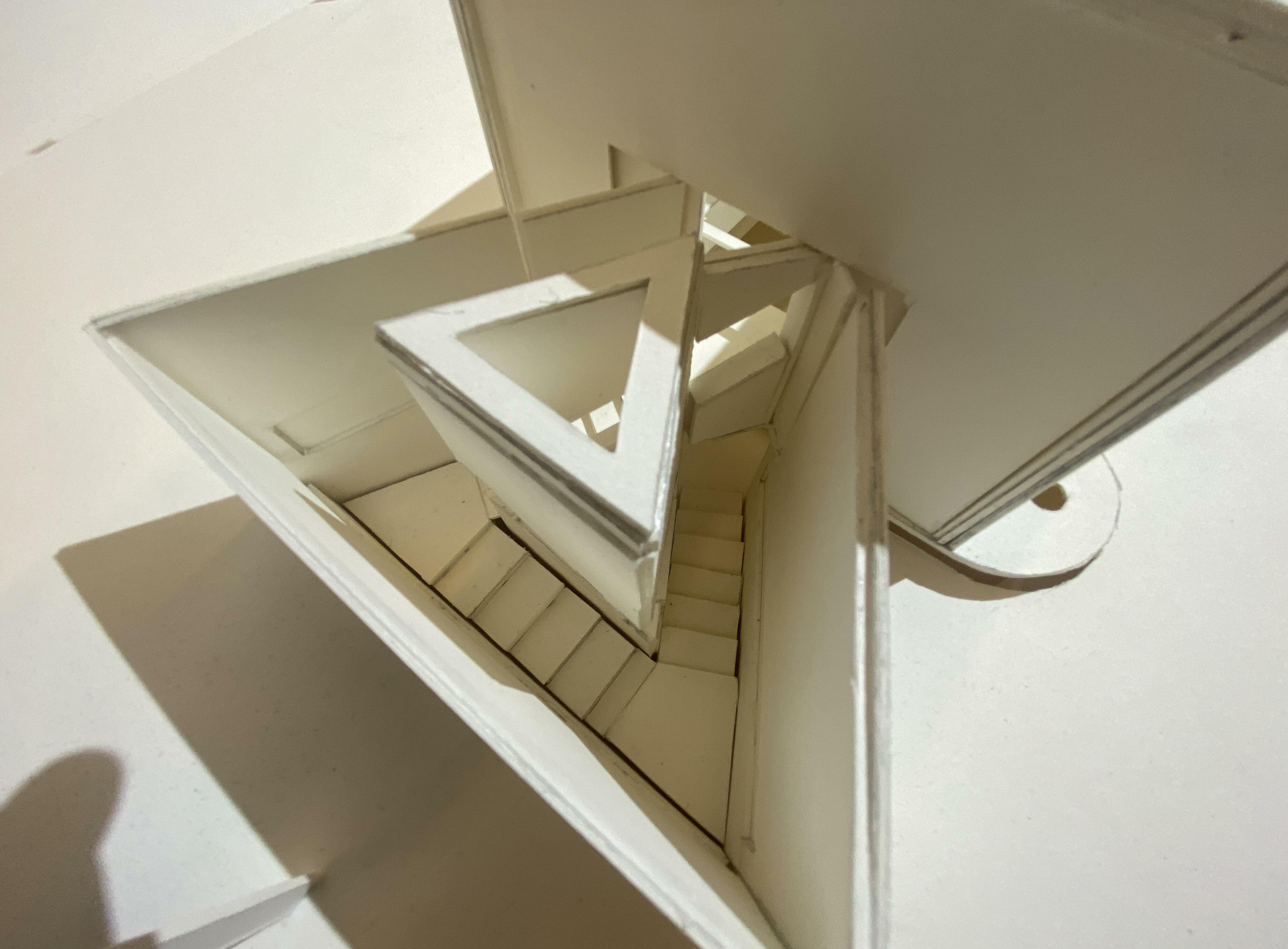

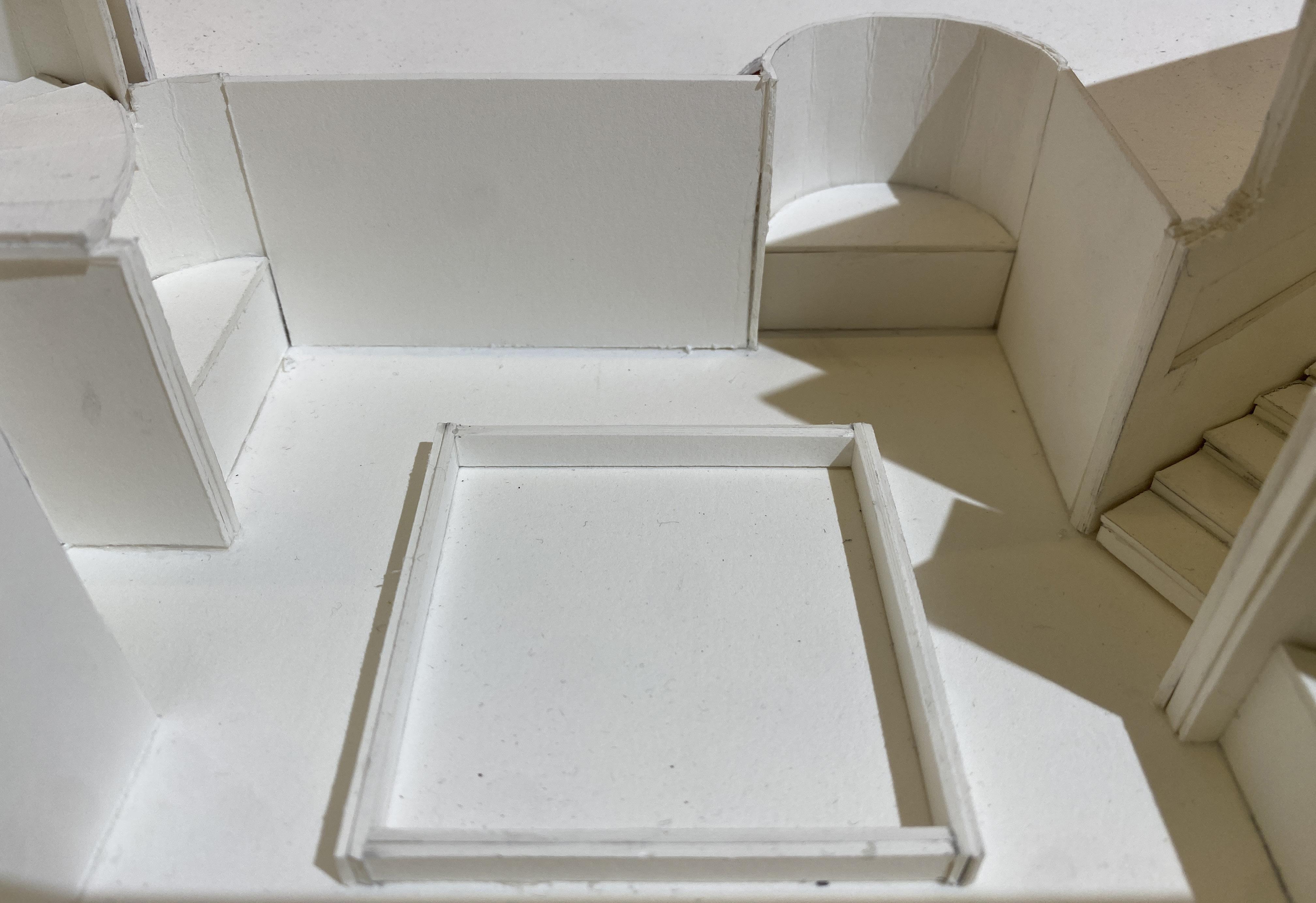
These views were created to demonstrate the change of materiality within the pavilion. As the viewer walks toward the bottom of the pavilion the material becomes less and less refined in order to reference both the pavilions land scape and the material origin of ceramics.


